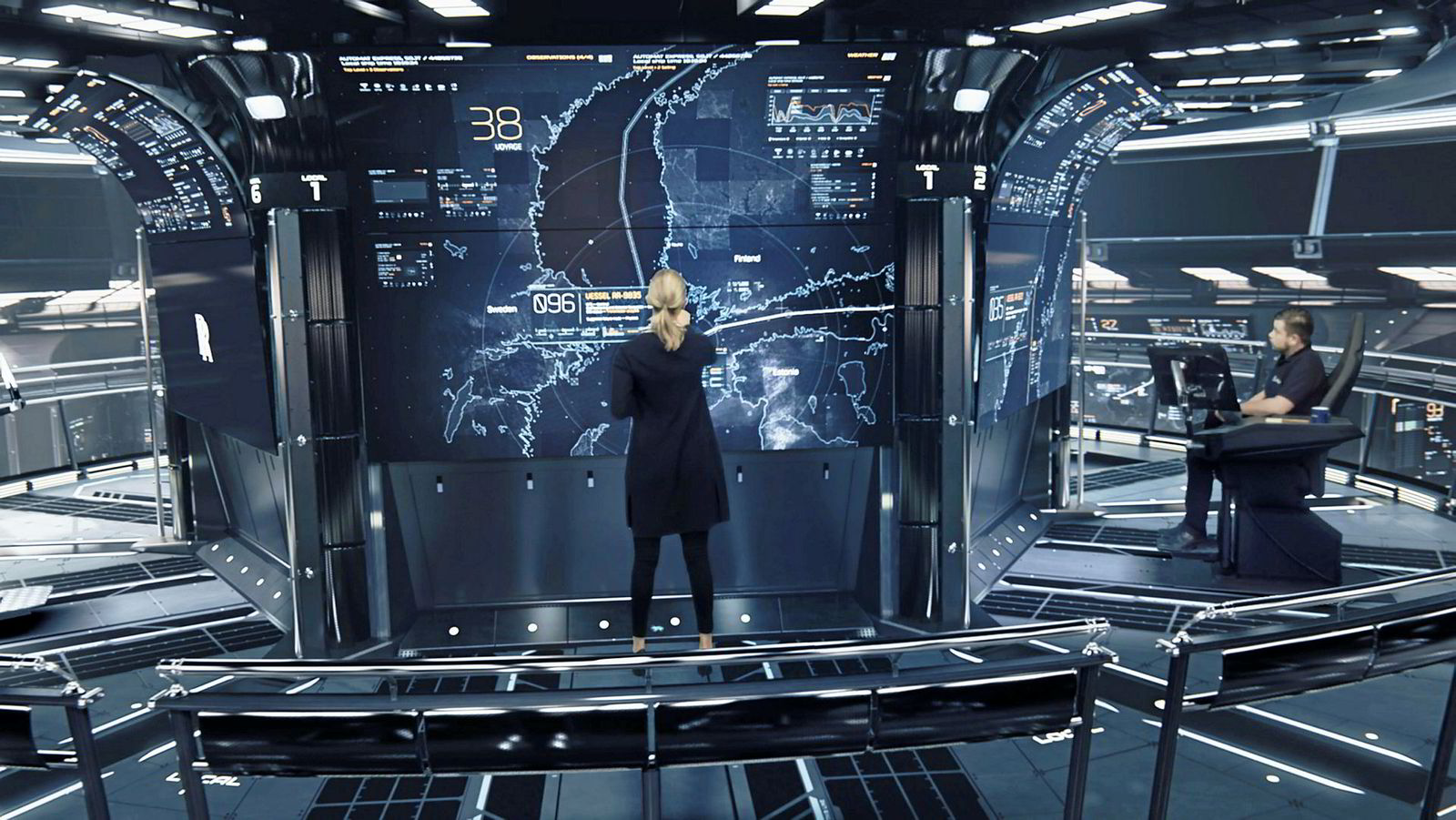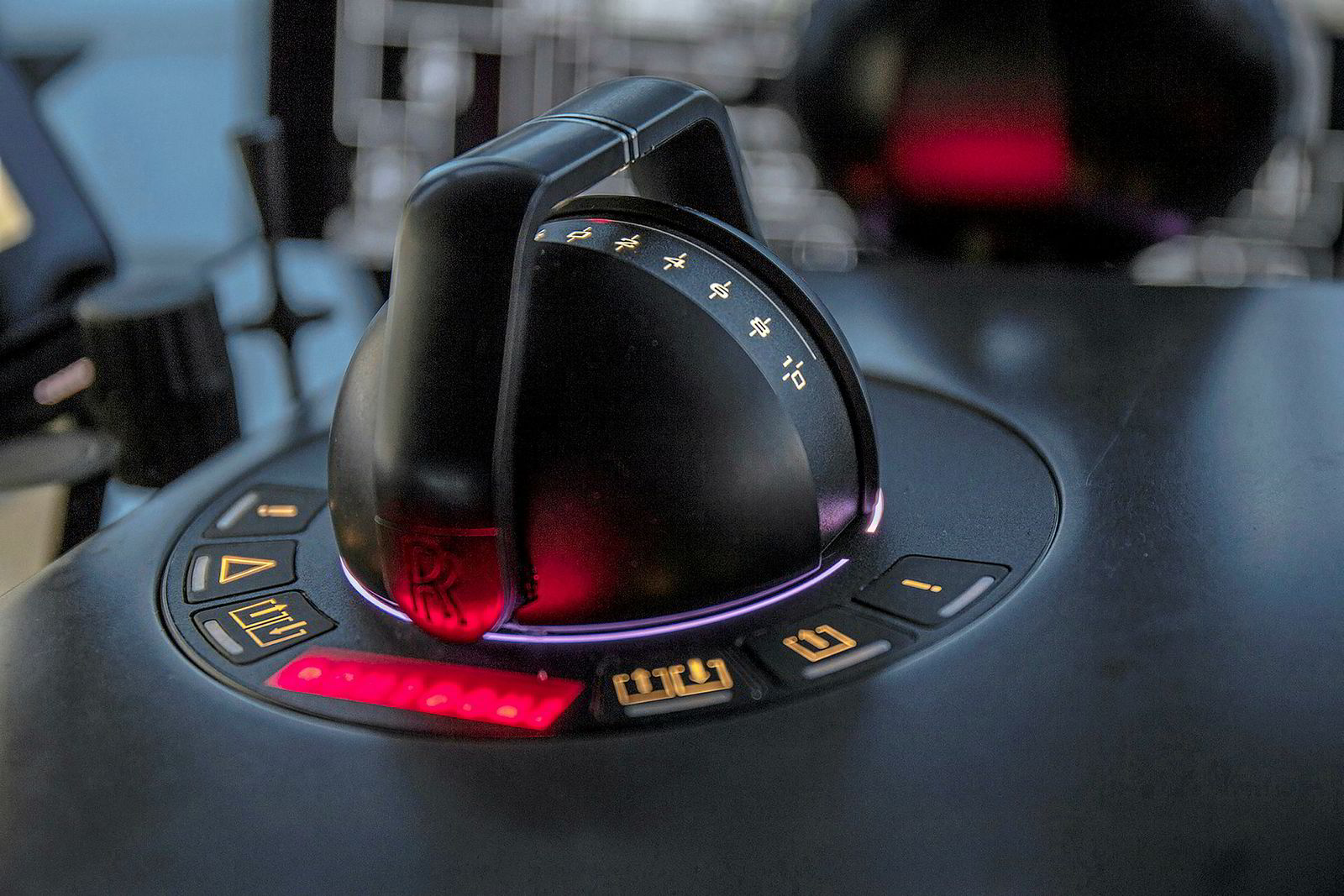Pressure is mounting on the shipping industry to improve design and technology to meet new environmental regulations and catch up with the gathering pace of digitalisation in the wider business world.
When TradeWinds asked leading experts from classification societies to name shipping’s most likely technology of tomorrow, nearly all cited digitalisation, big data or automation.
Shipping executives could view ships as data centric assets in the future as concepts such as remote monitoring, digital twins, integrated navigation systems and automation make inroads into shipping operations.
The digital revolution is already gathering pace: Wartsila has developed a performance-based maintenance contract built on sensor technology; Bureau Veritas a digital twin ship system; Transas an electronic chart display and information systems (Ecdis)-linked navigational software that will allow ships to be controlled from shore and; Rolls-Royce Marine is investing £200m ($260m) on technology to realise the autonomous ship.
The shift is mirrored in the way shipping’s hardware suppliers are now structuring their businesses.
Major engineering companies such as Wartsila, Rolls-Royce Marine and ABB are increasingly moving away from their traditional manufacturing and servicing role towards the provision of digitalised and automated ship systems.
For the time being, these digital driven changes are unlikely to affect the traditional way ships are designed.
In terms of size, hull forms have been optimised. The 65,000-dwt ultramax has taken over from the traditional 45,000-dwt handymax, the 82,000-dwt kamsarmax has replaced the 75,000-dwt panamax and most owners are now opting to build capesizes in excess of 200,000 dwt rather than the conventional 180,000 dwt. The dramatic growth of the Valemax has seen the VLOC now account for a major portion of the dry bulk fleet.
While sizes have remained fairly consistent in the tanker market, the growth in the size of containerships seems to have peaked at 21,000 teu, with lines seeking alliances and mergers to generate efficiency rather than larger ships. Similarly, the maximum size of cruiseships appears to have peaked at about 225,000 gt.
Rather than focus on size, the task for leading merchant ship designers, such as Finnish company Deltamarin, is to eke out more energy efficiencies from the standard designs to meet the next phase of the Energy Efficiency Design Index that is due to kick in from 2020. Technology is also helping ensure ships are optimised to the trades in which they will operate.
But the stakes are set to be raised for ship designers by an International Maritime Organization (IMO) policy to ensure shipping makes its fair contribution to the Paris Agreement that seeks to limit any increase in global warming to just 2°C.
To achieve this IMO target the industry will have to halve global ship-sourced carbon-dioxide emissions by 2020. Lloyd’s Register environmental manager Katharine Palmer says dramatic progress on reducing emissions will be required sooner than many people anticipate.
“In Low Carbon Pathways 2050 (a Lloyd’s Register study) we show we will actually need low carbon ships entering the fleet by 2030 so we only have 12 years,” she said.
“The big question is whether the technology will be available on the scale needed to achieve the level of reduction required.”
What we have to do is make the technology more affordable than fossil fuel.”
The consensus is that engineering advances alone will simply not be enough to meet the IMO targets.
Fuels will have to change, with batteries a key technology for green shipping.
Rina marine chief commercial officer Paolo Moretti said: “We believe energy management will lead to the development of new technologies for a greener and low-carbon power future. In particular a suite of smart grid technologies, energy storage systems like advanced batteries and fuel cells will provide leaner and greener power onboard.”
If the efficiency gains and new fuels are not enough, a change in the whole logistics chain and the way shipping operates may be required to reach the proposed targets.




